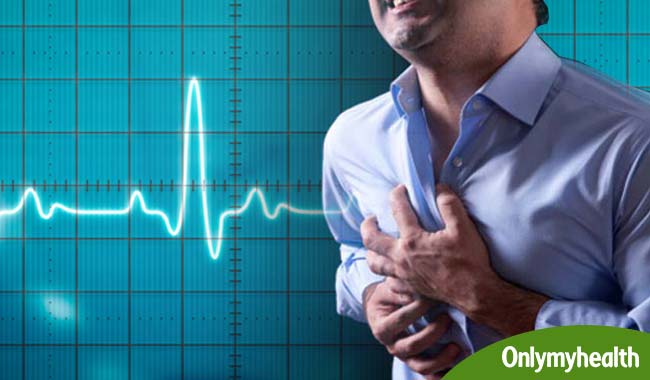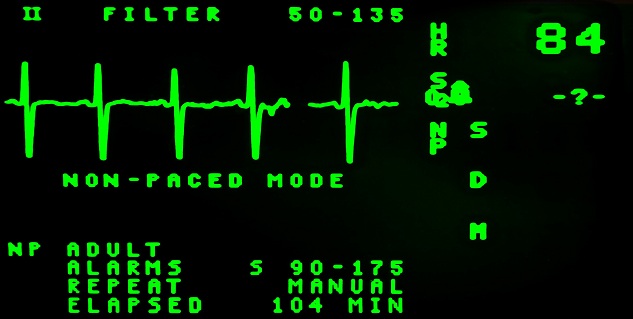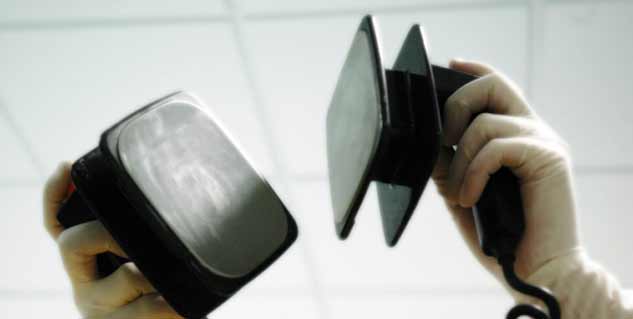
Tachycardia refers to a condition in which the heart beats at the rate of 60 to 100 times per minute and the pulse is in congruence with the heart’s two powerful lower chambers or ventricles.

Causes
The reason why someone has tachycardia varies from one person to another. It may happen due to:
Table of Content:-
- Fever
- Anxiety
- Strenuous exercise
- Rapid blood loss
- Medical problems such as hyperthyroidism or an abnormally high level of thyroid hormones in the blood
- Cardiac arrhythmia, which is a heart generated abnormality of heart rhythm or rate.
- Coronary artery disease or abnormality of the heart valve
- Lung problems like pneumonia or a blood clot in one of the lung's arteries
- Tachycardia may also be a side-effect of certain drinks such as coffee, alcohol, tea and foods such as chocolate; tobacco or certain medication
- Age- people older than 60 years are at an increased risk of experiencing tachycardia compared with youngsters
- Anxiety
- Excessive indulgence in alcohol consumption
- Excessive consumption of caffeine
- Genetics: people who have relatives with tachycardia or other such heart problems are likely to develop the medical condition
- Mental stress
- Smoking
- Using recreational drugs
- Heart disease
Read: What is Heart Health
Symptoms
When a person has tachycardia, his/her heart rate becomes rapid and this makes it difficult for it to pump blood to the rest of the body, thereby depriving the organs and tissues of much needed oxygen. Some of the symptoms of tachycardia include:
- Shortness of breath
- Dizziness
- Lightheadedness
- Rapid pulse rate
- Chest pain
- Heart palpitations i.e. a racing irregular heartbeat or sensation of the chest flopping
If you experience any of these symptoms and they are not normal (for instance, a rushing heart rate after a workout session or run), do not forget to visit the doctor.
Is tachycardia is caused by a specific illness, the person will also show signs of that illness.

Treatment
How tachycardia is treated depends on its cause, the patient’s age and his/her general health along with certain other factors. The aim of the treatment is to slow the heart rate whenever it increases, prevent subsequent episodes of tachycardia and reduce the likelihood of complications.
In some cases, all that would be needed to treat the disease would be to treat the underlying cause such as in the case of hyperthyroidism.
Read: How is Heart Attack Treated?
Ways in which a fast heartbeat is slowed:
Medication: the person is given an anti-arrhythmic injection to restore the heartbeat. This is and must be done in a hospital. The doctor may also prescribe an oral anti-arrhythmic drug like propafenone or flecainide.
Vagal Maneuvers: this type of manoeuvre affects the vagal nerve, which helps to regulate one’s heartbeat. Maneouvres may include heaving, coughing and the placement of an ice-pack on the patient’s face. If this does not slow the heartbeat, the patient might need an anti-arrhythmic medication.
Tachycardia can be controlled by:
- Normalising the heart rhythm
- Controlling the rate at which the heart beats
How available drugs can treat the problem:
- By restoring the heart rhythm
- Controlling the heart rate
- Restoring heart rhythm and controlling heart rate
The type of anti-rhythmic medication that is given depends on:
- The type of tachycardia that the person is suffering from
- If there is any other medical condition that the person is suffering from
- How well the patient responds to treatment
- Side-effects of the prescribed drug
Diagnosis
When you visit the doctor to check the symptoms of the disease, the doctor will start by asking about your family history of heart disease and cardiac arrhythmias. He/she will then review your medical history and ask if you have ever suffered or are suffering from medical conditions that are likely to lead to tachycardia such as coronary artery disease, heart valve disease resulting from rheumatic fever, heart valve abnormalities, thyroid disorders, lung disease, etc and dietary factors and medication.
During a physical examination, the doctor will check your heart’s rhythm and rate along with the pulses. The pulse will not match the sounds of the heart that the doctor hears through a stethoscope if you have tachycardia. After checking and heart rate and pulse the doctor will check if you have an enlarged heart, heart murmurs, abnormal lung sounds, thyroid abnormalities such as an enlarged thyroid gland, muscle wasting, tremors, abnormal protrusion of the eyes.
To confirm the disease, the doctor will order an electrocardiogram or ask for you to go through a test called ambulatory electrocardiography because tachycardia often comes and goes and there is a chance that the EKG will show normal heart rate. In the ambulatory electrocardiography test the doctor will make you wear a portable EKG machine, also called a Holter monitor for a period of 24 hours or more if necessary. Every time the symptoms occur you will have to press the button to record the EKG readings.
Once your test results are out, the doctor may prescribe other tests including:
- blood tests to measure the thyroid levels
- echocardiogram to check the heart valve abnormalities
- coronary angiogram to check for coronary artery disease
Duration
While the exact duration of a disease cannot be known, how long tachycardia lasts depends on what has caused it. For instance, tachycardia that results from fever usually goes away when the temperature of the body normalizes and tachycardia that results from blood loss will end when the blood flow is stabilized intravenously or with blood transfusions.
Read more articles on Heart Health.
For more such articles, Download OnlymyHealth App.
How we keep this article up to date:
We work with experts and keep a close eye on the latest in health and wellness. Whenever there is a new research or helpful information, we update our articles with accurate and useful advice.
Current Version